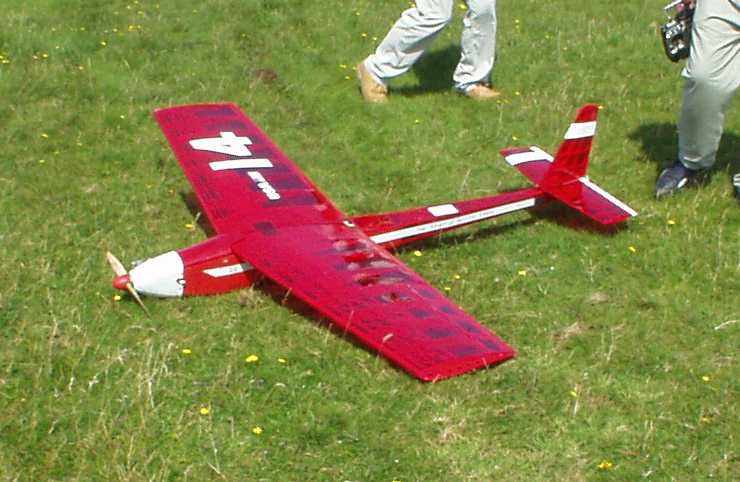ERD50
Give me a museum and I'll fill it. (Picasso) Give me a forum ...
The first impact will be general aviation- your basic Cessna 172 engine with all the associated hoses, etc weighs about 390 pounds and makes 150HP. A Tesla motor weighs 70 lbs and makes 375HP. A British company makes a 300HP motor that weighs 20 lbs - still experimental though.
One advantage is charging the batteries during decent. I’ve also thought that there might be some sort of super capacitor used for take off and dropped at the end of the runway - or wireless charging along the runway.
Very exciting to watch this technology take-off! (Pun alert)
It's a good point that when talking batteries versus fuel, we should include any weight savings of motor vs engine.
Though I'm not sure the 375HP 70# Telsa motor vs 150HP 390# Cessna engine is a fair comparison. I'm assuming the Cessna is rated 150HP continuous, and the Tesla 375HP would be intermittent (acceleration for a few seconds)?
-ERD50


